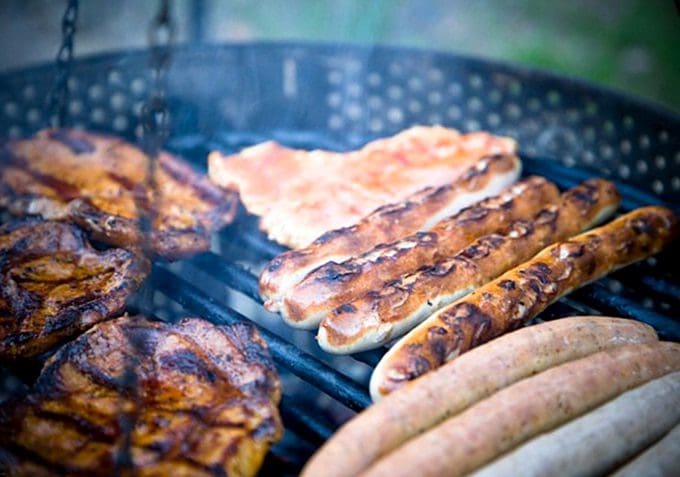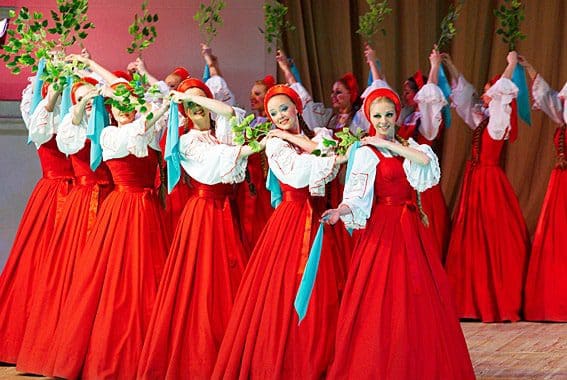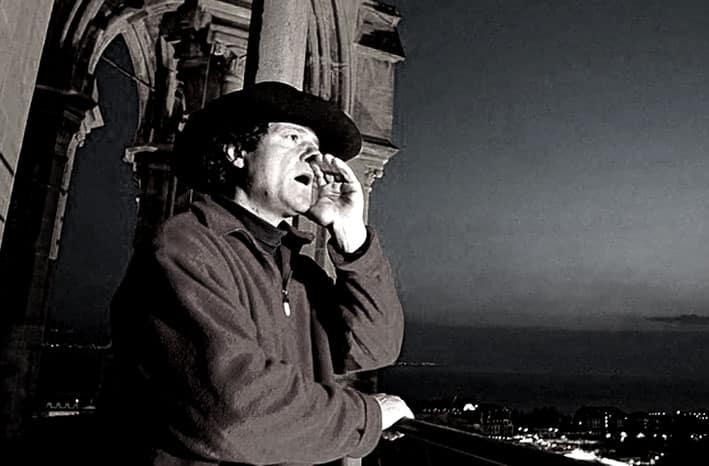words Alexa Wang

Alt Image : Texas Barbecue Facts
The world of Texas Style Barbecue is vast and diverse much like the Lonestar state itself. Due to the influence of social media and popular movies, certain specific aspects of Texas barbecue have been contextualized to represent the entire culture that surrounds the art of barbecuing.
In reality, the world of Texas barbecue is representative of the history and culture surrounding the different parts of the great state of Texas. Here are 25 facts that will allow you to know, understand, and differentiate between the diverse styles of Texas barbecue. Let’s get started with the bbq trivia.
- Geographically, every part of Texas has its unique style of barbecue. There is no single kind of barbecue that is representative of the entire culture of Texas.
- Central and East Texas-style barbecue are the most popular varieties of barbecue across the globe. They have been showcased in various food shows, documentaries, and movies. These two styles of barbecue are what the world thinks real Texas barbecue is. It’s a whole different situation in Texas.
- Central Texas-style BBQ involves large cuts of meat like a Brisket, being dry rubbed with different blends of seasonings and spices and being cooked for hours in smokers over oak or pecan wood. A cook can last anywhere between 12 to 15 hours. Central Texas BBQ involves cooking over indirect heat.
- East Texas BBQ also follows the low and slow methods. Meat is cooked to the point where it almost falls off the bone. East Texas BBQ uses a wet marinade which is something like a sweet tomato sauce. This is where the concept of BBQ sauce comes from.
- West Texas BBQ involves cooking over direct heat using Mesquite wood.
- South Texas BBQ involves dowsing the meat in a wet marinade that helps keep the meat moist during the cooking process.
- Locals argue that the authentic Texas BBQ styles of different parts originated from their immigrant populations. They are generally referred to as East Texas, Meat Market, Cowboy, and Mexican barbacoa.
- Barbacoa is the most common style of barbecuing along the Texas and Mexico border. Traditionally barbacoa involved cooking the meat in a whole in the ground along with aloe leaf. Modern methods have largely grown out of this method and cook their barbacoa in their smokers.
- Cowboy BBQ was a specific style of BBQ that was made popular by the Anglo Ranchers.
- Meat Market refers to the Central Texas style. This was adopted from the immigrants from Eastern European countries like Germany and Czechoslovakia.
- The African American influence was responsible for the conception and popularity of East Texas-style barbecuing.
- The meat market-style barbecue originated from butcher shops. German and Czechoslovakian settlers simply started selling meat the way it was done back in their hometown. This also led to the popularity of sausages.
- The open-pit barbecue also known as the Cowboy style is the only remaining method of hole-in-the-ground barbecue.
- Very weirdly, history does not record or trace back how the term barbecue came into existence. Etymologically speaking the only known term that comes somewhat close to the word barbecue is barabicu. This is a term the Taino people used to describe a framework upon posts. The second reference to the term is about George Washington. It is documented that he attended something called a barbecue in 1769.
- Barbecue is defined as the slow cooking of meat whereas the word Barbeque refers to a party or a gathering of people. This difference is however not relevant today.
- Looking at the history of barbequing, huge trench pits were dug in the middle of town during any celebration. Mops were used to apply the marinade to the meat and the entire town would be involved in the cooking and celebration. The tradition of digging trenches and using mops might have passed but the association of a gathering with the entire idea of barbequing lasts to date.
- Texas BBQ at one point in time only happened in religious gatherings. This tradition lasted as late as World War II. Churches would organize fundraisers for events. The whole in the ground would be dug and townsfolk would mostly bring livestock for slow cooking.
- The Zion Missionary Baptist Church in Huntsville carries on the tradition of barbequing to date.
- Resting your meat is as important as cooking it to perfection. If you cut your barbecued meat too soon then you risk the loss of flavorful juices from it. Veteran pitmasters are of the opinion that you should allow your cooked brisket to rest for at least an hour before you cut into it. The concept of resting applies to all kinds of meat, however, the resting time does vary.
- Your choice of wood is very important. Knowing the right kind of wood for the right kind of protein and cooking is the mark of a true pitmaster. For instance, using fruit wood works for poultry and fish however does not work for beef and pork. At Tru Boy BBQ, we exclusively use mesquite and pecan to infuse that rich smoky flavor into the meat.
- There are no points for guessing Texas has the most amount of barbecue joints. This includes over 2000 restaurants and over 1900 independent locations. After real Texas BBQ can only come from Texas.
- May is supposedly known across the world as barbeque month. However, every Texan knows that every month is barbeque month.
- President Obama is the only person in history to have cut the line at Franklins in Austin. He had to buy BBQ for the entire line to compensate but it still wasn’t deemed as a cool thing to do.
- The popularity of Texas style BBQ soared to such heights that Pringles introduced a Texas style BBQ scented candle in the UK. The press release informs the buyers that the candle might be a bit pungent for Brit noses.
- Most authentic BBQ joints don’t offer a fork or spoon as barbecue is something to be had with your hands. We will advise you to carry a spoon or fork just in case you don’t want to get your hands dirty.




